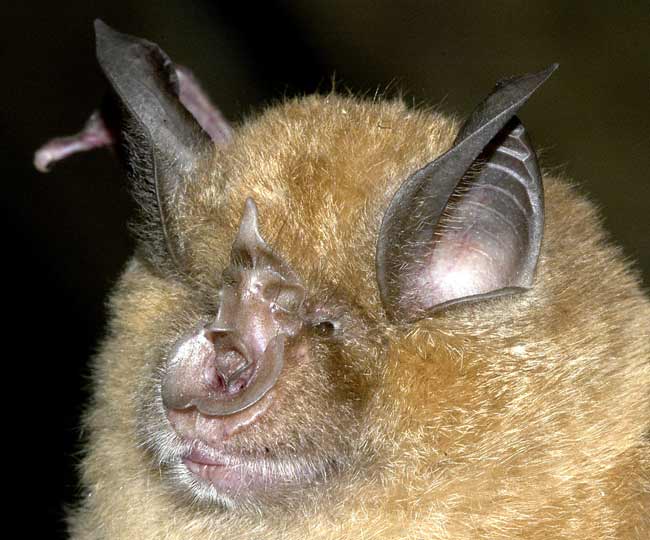Kinky Female Bats Share Mates With Their Mothers, Avoid Incest

Female greater horseshoe bats like to keep it all in the family - they share mates with their mothers and even their grandmothers - but, somehow they avoid incest, a new study reports.
"She won't mate with her father. But she will mate with her mother's partner - but only when her mother has switched partners," said study leader Stephen Rossiter of the Queen Mary, University of London of the female bats.
Although this behavior sounds strange - and leads to some very confusing family trees - Rossiter suggests that it evolved to tighten relationships within the colony.
"One possibility is that by increasing kinship, sharing sexual partners strengthens social ties and promotes greater levels of cooperation within the colony," Rossiter said.
In some cases a female and her maternal half-aunt were also half-sisters on their father's side. It's pretty confusing, but think of it like this:
Female 1 mates with male 1, producing female 2. Later on, female 1 ditches male 1 and mates with male 2, producing female 3. Meanwhile, female 2 gets in on the action and also mates with male 2, producing female 3a.
Females 3 and 3a are in related two ways now - female 3 is 3a's half aunt on their maternal side, but they're sisters on their dad's side. And, since horseshoe bats have a life span of about 30 years, it only gets more complicated down the road.
Sign up for the Live Science daily newsletter now
Get the world’s most fascinating discoveries delivered straight to your inbox.
This study was part of one of the world's longest-running wild animal population studies. The researchers used genetic analysis techniques to draw up the family trees for over 450 bats in the attics of Woodchester Mansion in Gloucestershire, UK.
This research is detailed in the Sept. 15 issue of the journal Nature.
How it all started
For most of the year, female horseshoe bats live in a colony separate from the males, which generally live off on their own. The females raise the young together in a large group, presumably to keep warm and for safety reasons.
But once a year the females and males all get together for a wild mating season during which one male may be shared by several generations of females.
So how did these bats start this kinky behavior? One answer could be that generations ago the female colony all made the trip to the same mating site. Once there, the females may have shared information with each other about which of the males were good mates.
"The consequence is that the levels of relatedness increase dramatically in the colony," Rossiter said.
Avoiding Incest
Somehow in all the confusion of hundreds of bats all trying to find a mate, the females manage to avoid mating with their fathers.
"We don't actually know how, but we have some suspicions," Rossiter said. "Presumably it's through some sort of olfactory sense - they smell out who their relatives are."
Animals in the wild generally tend to avoid inbreeding, although researchers aren't entirely sure they know how this works. One thing they do know is that incest can cause the expression of harmful genetic information.
Each gene is made up of two alleles, which come in dominant and recessive versions. If an individual has a combination of the two versions, they're heterozygous for this gene. If they have either two copies of the dominant, or two copies of the recessive, they're homozygous for the gene.
If an individual is heterozygous, the dominant allele wins out and gets expressed. This is good for the individual if the recessive allele is harmful. Incest creates an increase of homozygous parings in a population, making it more likely that a harmful recessive-recessive could occur.
"The expression of these harmful alleles can lead to lowered reproduction and survival, known as inbreeding depression," Rossiter said.
- With Fresh Blood, Inbred Florida Panthers Rebound
- The Offbeat Science of Collecting Animal Semen
- Salmon of Small Stature Endowed with Mating Advantage
- Fiddler Crabs: World's Pickiest Mates









